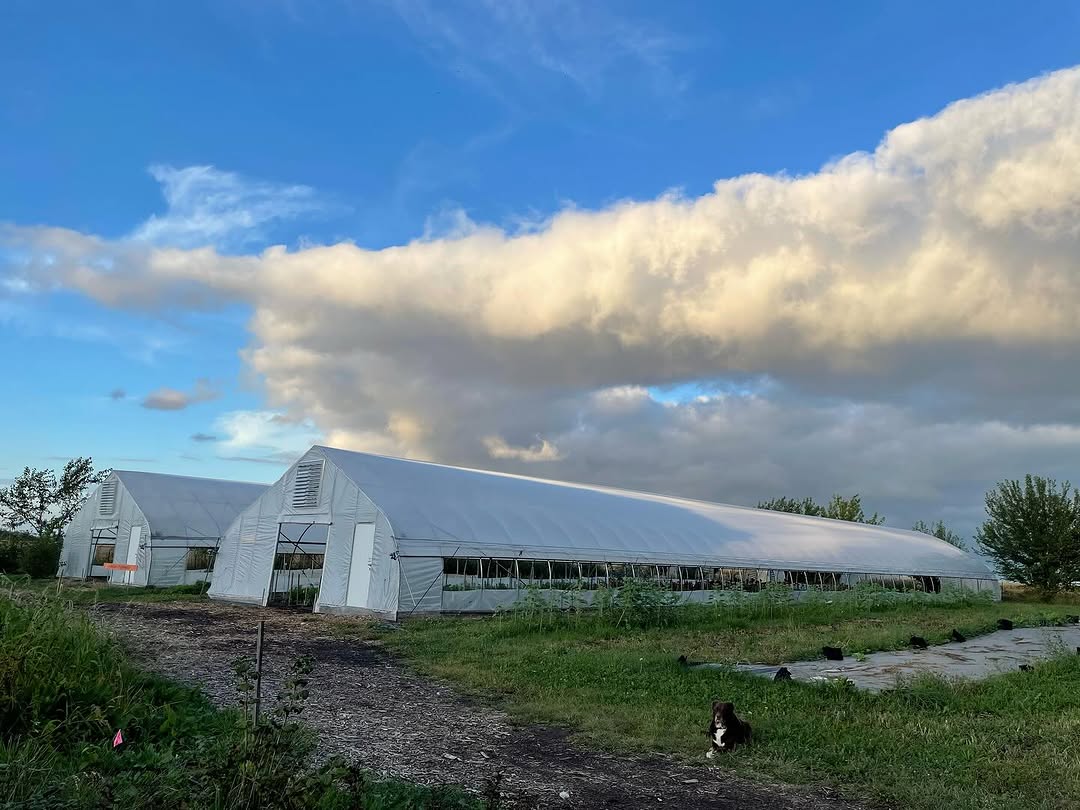What to Plant in a High Tunnel, and When?

Wondering how to keep your crops thriving when temperatures drop?
Curious why so many Midwest growers swear by high tunnels for extending their harvest into fall and winter?
If you’ve ever wished for a way to outsmart the frost, maintain fresh produce late into the year, and even improve soil health, then you’re in the right place.
In this article, we’ll walk through the best crops to plant in your high tunnel during the fall and winter seasons, share planting timelines tailored for Midwest growers, highlight crop rotation tips to keep your soil thriving, and explain why high tunnels outperform open-air gardens this time of year.
Why Choose a High Tunnel in the Fall and Winter?
High tunnels—sometimes called hoop houses—are a grower’s secret weapon for season extension. Unlike open-air gardens, high tunnels protect plants from frost, wind, and unpredictable Midwest weather. They allow soil temperatures to stay warmer for longer, creating an ideal microclimate that keeps crops productive well past the first frost - even through the winter.
For Midwest farmers and home growers alike, this means you can continue harvesting leafy greens, root crops, and even herbs throughout fall and into winter, when most gardens have already shut down.
What to Plant in a High Tunnel in Fall
As summer winds down, it’s time to transition your high tunnel to cool-weather crops. Here are the best options for Midwest growers who plan to harvest through the winter months:
- Leafy greens: Spinach, kale, lettuce, Swiss chard
- Root vegetables: Carrots, beets, radishes, turnips
- Brassicas: Broccoli, cauliflower, cabbage, bok choy
- Herbs: Cilantro, parsley, dill
Planting Timeline (These Fall date-ranges are for lower Michigan - adapt them to your climate):
- Mid- August: Bunching kale, swiss chard, beets, carrots
- September – October: Head lettuce, spinach radishes, turnips, herbs
- October: Direct-seeded baby greens like lettuce, mizuna, mustard, and kale.
What to Plant in a High Tunnel in Winter
While winter in the Midwest is harsh, high tunnels make it possible to keep producing. Focus on cold-hardy crops that thrive in lower light and cooler temperatures.
- Leafy greens: Spinach (a standout for overwintering), kale, mache
- Brassicas: Mustard greens, Asian greens (tatsoi, mizuna)
- Herbs: Parsley and chives can often survive through winter in tunnels
Planting Timeline (Midwest, Winter):
- January - February: Sow spinach, and baby greens for harvest in late winter
- December – January: Protect existing crops with row covers to maintain growth
- February: Transplant kale, swiss chard, and head lettuces inside the tunnel for an early spring harvest
- April–May: Transplant tomatoes, peppers, eggplants, and cucumbers, in the hoophouses under row covers or low tunnels to get an early start on the summer harvest
Crop Rotation Tips for High Tunnel Success
Year-round planting can take a toll on soil health, and can contribute to disease and pest problems, if not managed properly. Crop rotation in your high tunnel ensures nutrients are replenished and pests/diseases don’t build up.
- Rotate by crop family: Avoid planting the same plant family (e.g., brassicas) in the same spot season after season.
- Incorporate cover crops: Planting cover crops like rye or clover between cycles helps replenish nitrogen and improve soil structure.
Maximizing Your Fall and Winter Harvest in a High Tunnel
Planting in a high tunnel isn’t just about extending the growing season—it’s about transforming the way you grow. By following seasonal planting timelines, rotating crops wisely, and leveraging the protection of a high tunnel, you can enjoy fresh produce long after your neighbors have put their gardens to bed.
Ready to take the guesswork out of planting? Get your high tunnel quote and check out our grower support page for our expert tips!







